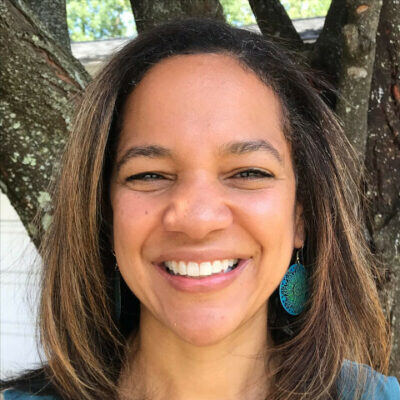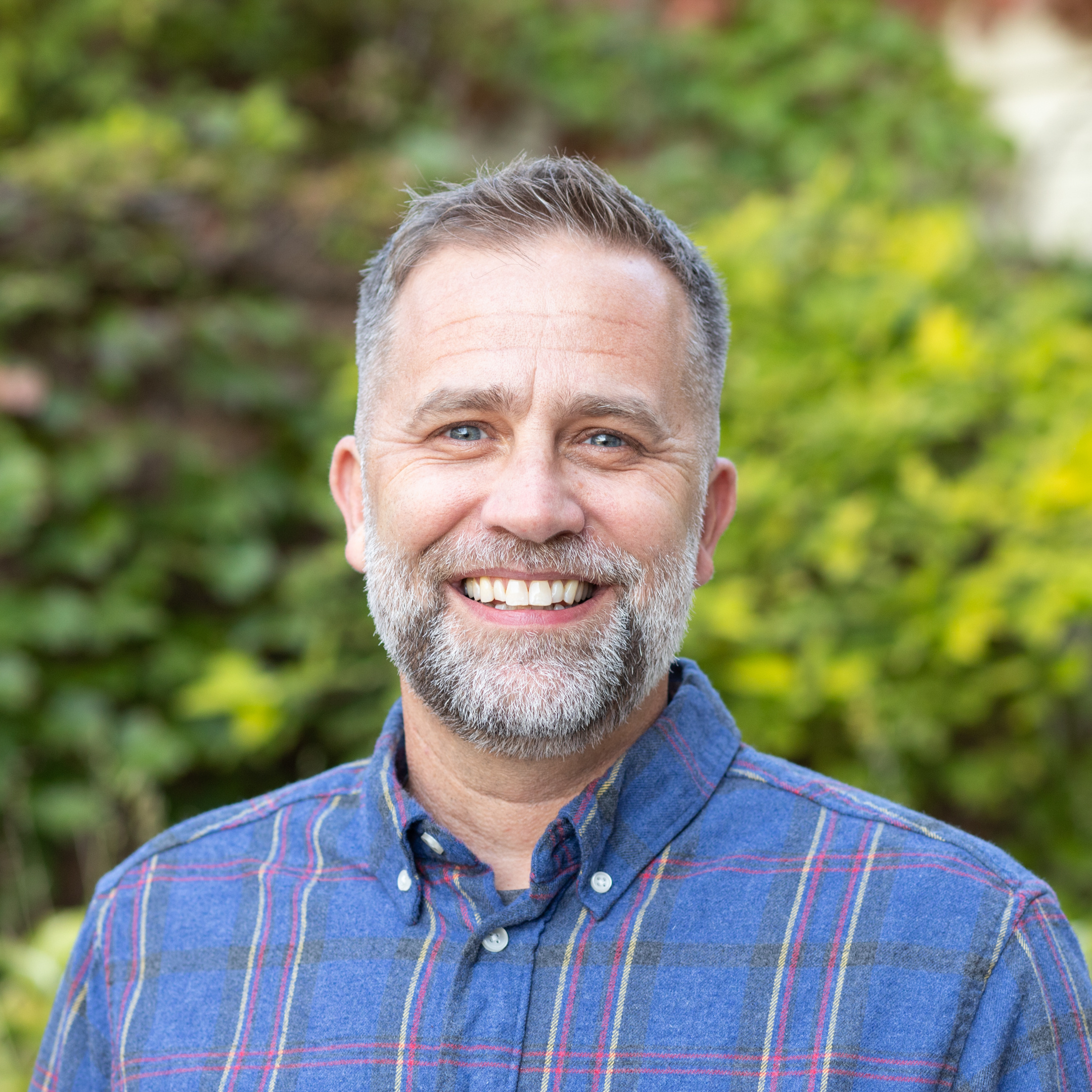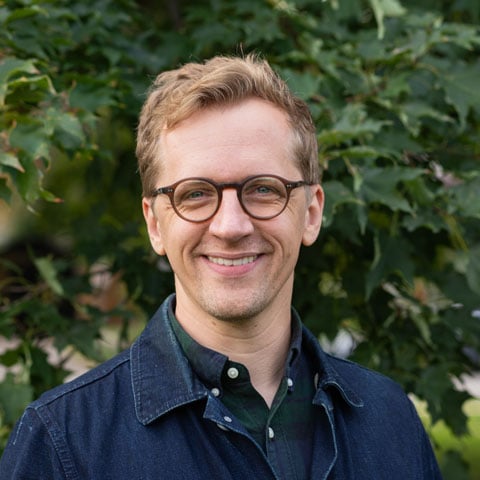Blog
Search Institute Spotlight: Meet Joanna Williams
Dr. Joanna L. Williams is Search Institute’s Senior Director of Research. In this Search Institute Spotlight she discusses positive youth development in the context of racial identity and equity, and how it can inform and impact relationships and thriving among young people.
What piqued your interest in a career in developmental psychology, particularly as it relates to the work you’re doing at Search Institute?
I can remember thinking about my undergraduate child development courses when I was working directly with youth, and I often found myself wanting to gain deeper academic knowledge. I ended up attending a master’s program in human development, where I was encouraged to think about how youth make meaning of their experiences, especially in their homes, neighborhoods, and schools. I had a chance to carry this knowledge with me back into direct service settings in Philadelphia and found lots of joy working with and for young people with a range of lived experiences. During this time I was regularly inspired, educated, and entertained by youth, and also regularly frustrated by the ways in which the systems they had to navigate (education, child welfare, juvenile justice) were routinely failing them. I was hopeful that deepening my understanding of developmental psychology might give me more credibility and power to enact change in these systems.
In my new role at Search Institute, I am excited about continuing our focus on understanding what positive youth development (PYD) and thriving mean in the context of stark inequities, and how our work can inform much-needed, systems-level change in addition to the great things that happen everyday in youth development programs and schools.
Over the last few years your work has been focused on racial-ethnic identity and racial-ethnic diversity in adolescent friendship networks. How does this work contribute to the field of positive youth development?
As an undergraduate, I took a course called “Cross-cultural Psychology,” where I got my first exposure to psychological theories of racial identity. Those theories resonated deeply with my own experiences and I was really interested in how much they also reflected the experiences of the young people I worked with. From my own research and the great work of other scholars, it became clear that for many youth, a strong and positive sense of ethnic-racial identity is an important Developmental Asset. To fully understand what it takes to promote thriving, we must understand how racial, cultural, and other social identities factor into youths’ experiences.
My work on diversity in friendship networks was motivated by a question that Dr. Beverly Tatum, a leading thinker in this area, posed in her seminal book, “Why are all the Black kids sitting together in the cafeteria?” This question brings attention to critical issues like relationships and belonging, which are key ingredients of positive youth development. Social relationships in schools are also about identity – youth are often exploring questions like “Who am I?” “Who do I want to be?” “How do others see me,” and “Where do I fit in?” Integrating a focus on racial-ethnic diversity also centers issues of opportunity, access, and marginalization. While on the surface, youths’ friendships may appear to be about who they like to be around, school contexts often reflect deeply entrenched social inequities and harmful stereotypes about who is expected to achieve, who is expected to get in trouble, and so on. Bringing awareness to how these issues of cultural capital and relational equity show up in schools can push us to find ways to disrupt inequities while also promoting strong connections between youth from different backgrounds.
Search Institute is committed to be a connector between research and practice. What is your approach to translating research to practice?
I think about translation as a dialogue between researchers and practitioners. It is not too difficult to write an easy-to-read, accessible summary of academic findings, but that does not mean that the summary will have any value for those working directly with and for youth or for youth themselves. For example, leaders of a middle school invited me into their community because of my work on ethnic-racial identity and general knowledge of adolescent development, and I could have given a lecture on those topics. Instead, the first step was finding out more about what their specific needs were and what they were hoping to achieve in our partnership. I was able to spend a few days getting to know students and staff in the school community and watching everyday interactions and practices. When it was time for me to meet with faculty and staff, I was able to share research-informed findings and strategies that were responsive to their needs, and they were able to probe more deeply into what the findings and strategies might look like in their community.
I love that Search Institute’s work is deeply rooted in partnerships with practitioners, communities, and schools – there is so much wisdom to be gained from the experts working with and for youth and from youth themselves – and the Search Institute team is in a great position to help support the good work already being done.
Why does Positive Youth Development continue to be an important framework for the future of applied research?
Positive Youth Development centers two critical factors:1) young people, and 2) the settings where they spend their time. Core assumptions are that all youth have strengths and all youth have the potential to thrive. From there the central focus is on how settings – including people, places and resources – can support positive development among youth. So the dynamic, youth-context relation is the key ingredient of PYD. This is so important because it moves us away from questions like “what are kids doing wrong?” and pushes us to ask “what can we change or improve about settings to better serve and support youth?” If we believe that all youth have strengths and capacity to thrive, this should drive our commitment to cultivating these strengths and to redressing disparities in opportunity, resources, supports, and biased treatment of youth. Last, PYD frameworks have always been connected to practice and really reflect the everyday work of committed practitioners and the youth they serve. PYD helps facilitate connections between research and practice and will long continue to be a guidepost for how to best support and partner with young people.
What book would you suggest everyone read?
I mentioned being inspired by Dr. Beverly Tatum’s, Why are all the Black kids sitting together in the cafeteria? Tatum welcomes us to consider topics we might otherwise avoid, like race and racism, and offers ways for us to facilitate connections between young people and build relationships with one another. As a developmental psychologist, I also appreciate her coverage of how our understanding of race and identity develops and changes from early childhood through adulthood.



